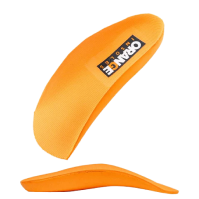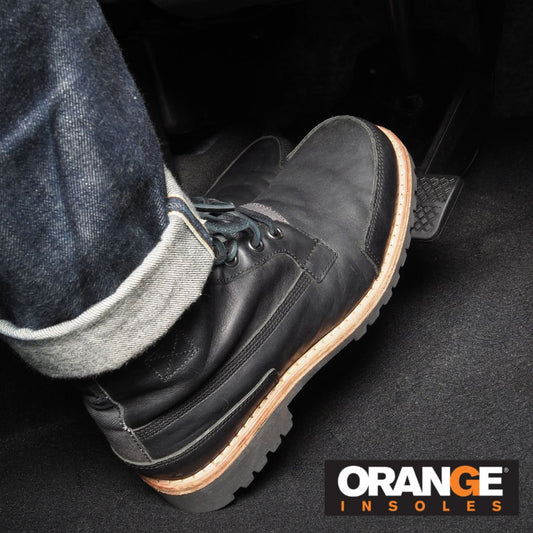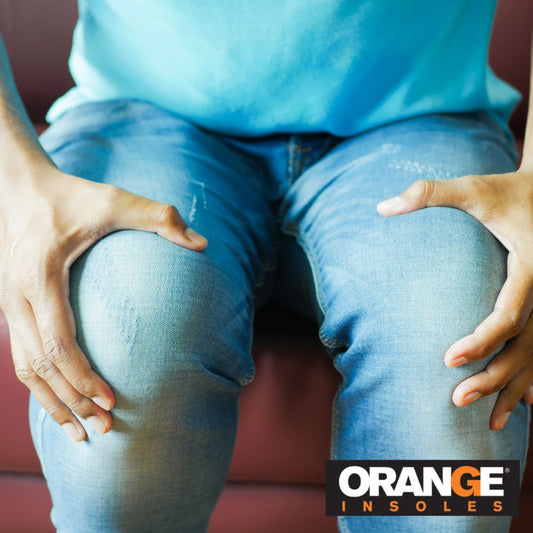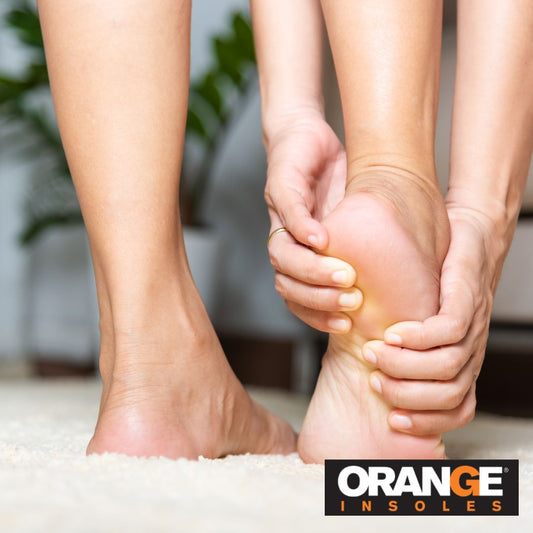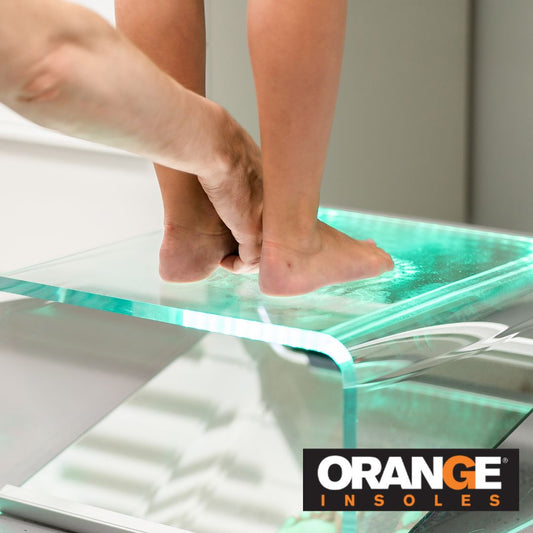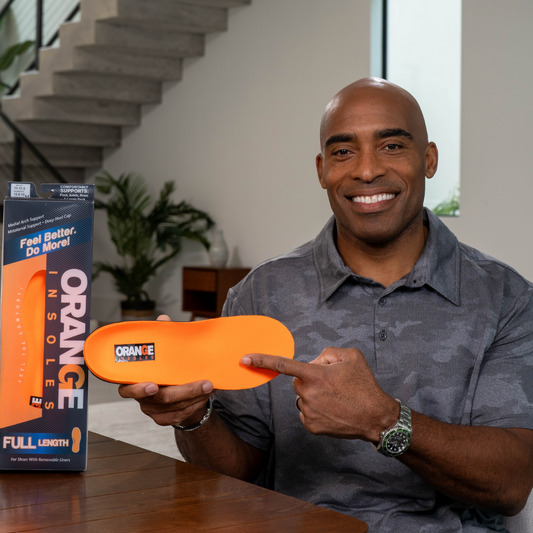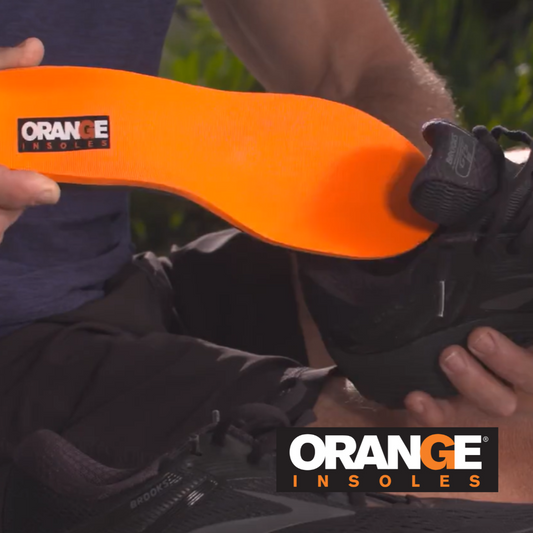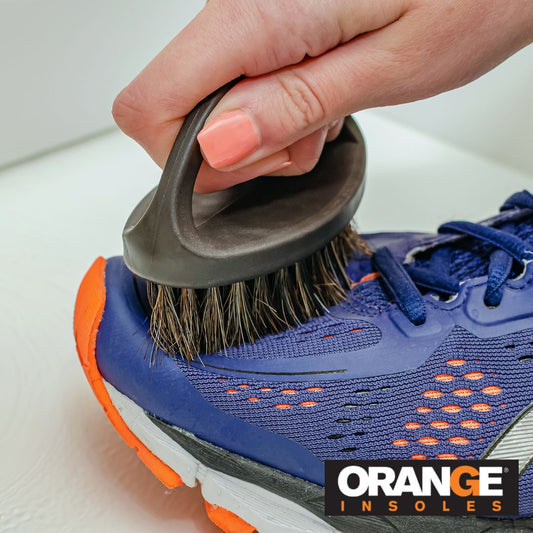What is Leg Length Discrepancy?
Many people joke about having one leg a little (or a lot) longer than the other. They might have a small limp or just feel like they trip a lot, so they blame it on uneven legs. But, for 70% of the population, this claim is actually true.
Take a look in the mirror or lie down on the floor and take a good look at your hips and feet. Chances are, one hip stands a little higher or one leg is extended just a little farther than the other. It’s not just your imagination, it’s a condition known as Leg Length Discrepancy (LLD) and it’s extremely common.
This condition might go unnoticed or it might be the cause behind mysterious back, hip, or knee pain. Let’s dig into the causes and symptoms of this common imbalance.
What is it?
LLD is defined as a condition in which the “paired lower extremity limbs” (your legs) have a noticeably unequal length. Most people have what is called Functional Leg Length Discrepancy and this is caused by tightness in the core muscles that tilt the pelvis.
What is it, really?
But, hang on. Let's be clear. In most cases, it's not the length of the bone causing the uneven leg length. In all - except very rare cases (birth defects and accidents) - any mirroring limbs in our bodies are the same length.
So, if you have one foot longer than the other, you can probably thank a group of muscles called the psoas. While the psoas is not the only cause behind LLD, it’s definitely a key player.
When the muscles in your waist, lower back, and hips are chronically tight, it can tilt your pelvis and pull one leg up higher than the other. In some people this might be imperceptible, in others, more pronounced.
What causes it?
A big contributor to LLD is a muscle or group of muscles called the psoas.
The psoas muscle is a primary connector between the torso and the legs, is a primary part of the hip flexors, and is arguably one of the most important muscles in the body. It impacts posture, stabilizes the spine, supports your body, helps you stand and walk and stores trauma and stress. When it's out of whack or not aligned, too tight, or too loose, well, it can cause serious problems including leg length discrepancy.
Symptoms
So what happens when you have LLD?
If your psoas is tight, you might be pulling a hip up. If this is the case, you may be shifting your weight more to one side than the other. Unevenly shifting your weight can cause balance issues throughout the whole body. Symptoms of leg length discrepancy can include:
- Problems with posture
- Walking with a limp or on your toes
- A chronically hyperextended knee
- Pain in the back, hip, knee of ankle
- Disc degeneration
- Tightness in the neck and shoulders
Sciatica, an irritation of the longest nerve in the body, can also be a symptom of LLD. Pressure on the sciatic nerve can cause pain, numbness, and tingling anywhere from the buttocks down to the foot. This radiation of pain sets sciatic pain apart from regular back pain. LLD can impact the way you walk which can in turn put pressure on the sciatic nerve.
How to treat it:
Most people don't need to treat their leg discrepancy as they likely won’t notice pain or symptoms. But if the difference between the legs is over a half an inch, solutions should be sought out. If the difference is a half to one inch, putting lifts in your shoes can balance the difference and even out posture. If the difference is more significant, medical intervention may be required.
If you notice a small difference in the length of your legs, but not enough to warrant medical treatment, and want to work on correcting it, opening up your psoas is a great place to start. Yoga poses like boat pose, pelvic tilts, and lunges can start to loosen this important muscle.
Lifts and insoles can also help correct posture issues and even out your gait. If you have pain caused by a tight psoas or LLD, Orange Insoles can help you to find the right support, so you can take your first step one the journey to healing.


